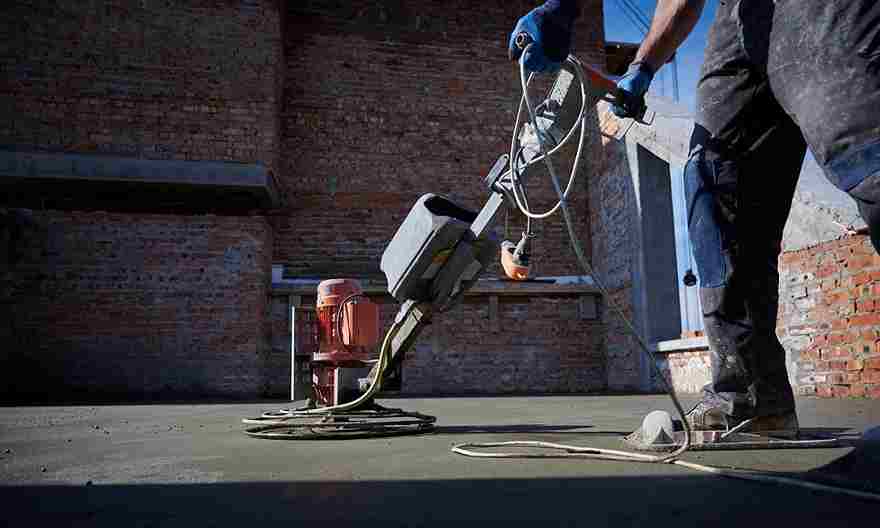What are the Correct Concrete Mixing Ratios?

Concrete is a basic material used in construction projects. It is a mixture of cement, water, sand, and aggregates. The correct mixing ratios of these ingredients are crucial to ensure the durability and strength of the concrete. In this article, we will explain the importance of correct concrete mix ratios.
The Basic Ingredients
- Cement: This is the binding agent that holds the concrete together. It reacts with water to form a paste that binds the sand and aggregates.
- Water: This is used to activate the cement and create a paste. The right amount of water is essential to ensure proper hydration of the cement.
- Sand: This is a fine aggregate that helps fill the gaps between the larger aggregates and provides a smooth surface for the concrete.
- Aggregates (Stones): These are larger particles, like gravel or crushed stone, that provide strength and stability to the concrete.
The Importance of Mixing Ratios:
The correct mixing ratios are essential to achieve the desired strength and durability of the concrete. Too much or too little of any ingredient can lead to problems. For example, if there is too much water, the concrete may become weak and cause cracking. On the other hand, if there is not enough water, the cement may not hydrate properly which leads to weaker concrete.
Common Mixing Ratios
Here are some basic concrete mix ratios based on the proportions of cement, sand, and stone:
- 1:2:3: This means one part cement, two parts sand, and three parts stone. Use this for general purposes.
- 1:3:3: For slightly stronger concrete, go with one part cement, three parts sand, and three parts stone.
- 1:2:4: Need even more strength? Try one part cement, two parts sand, and four parts stone.
Mixing Process
When you have measured all your ingredients, it's time to mix now. You can use a sturdy shovel or a mixing machine if you're dealing with a larger batch. Simply turn and fold the mixture until everything is evenly distributed and there are no pockets of dry material.
Testing
Once you have properly done with the mixing process, check your mixture by taking a handful of the mixture and squeezing it. It should hold its shape without crumbling apart. If it's too dry, add a bit more water. If it's too wet, throw in a bit more dry mix.
Concrete Strength
- 3000 psi Mix: A great all-around choice for most projects, is to use the 1:3:3 ratio (one part cement, three parts sand, and three parts stone). It’s perfect for shed slabs, patios, footings, steps, and foundation walls.
- Remember: Less water means stronger concrete and adding too much water weakens the mix.
What Is 4000 PSI Concrete?
4000 PSI concrete mix ratio refers to a specific type of concrete mix with a compressive strength of 4000 pounds per square inch (psi). It indicates how much load or force the concrete can bear before it cracks or breaks. It’s a critical factor in determining durability and suitability for various applications.




